Think of all the things you use on a daily basis – the refrigerator, cleaning products, aspirin etc. Now imagine those things being able to kill you!
In earlier times new inventions weren't tried and tested, and new products didn't have to comply with any safety standards. Fortunately times have changed and we're doing better nowadays.
Let’s have a look at a few things that were dangerous just over a hundred years ago:
1. Bread
While there is still some debate about the health aspects of bread, the actual safety of bread was a genuine concern in the Victorian era. In those days they had “adulturated” bread – with added substances to bulk it up. As more and more people moved to the cities, the demand for fresh bread grew, as did the need for ingredients. Victorian manufacturers incorporated cheaper ingredients to add weight and bulk, including plaster of Paris, chalk or alum, an aluminium-based compound which made bread denser.
2. Milk
Bread wasn’t the only essential to be tweaked – a substance called boracic acid was added to milk for purification. It was believed that it took away the sour taste of spoiled milk (in those days pasteurisation and fridges had not yet been invented). Boracic acid is far from harmless, causing nausea, vomiting and stomach cramps. Because there was no pasteurisation, bovine tuberculosis flourished in milk and affected humans. This would affect internal organs and the spine, and was believed to have killed almost half a million Victorian children.
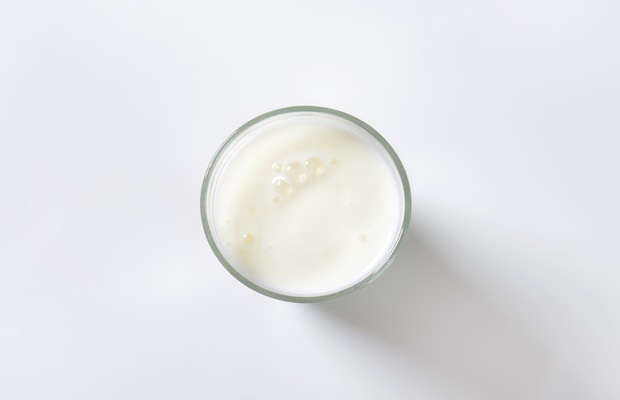
3. Household cleaning items
While many modern cleaning items contain chemicals that can aggravate sinusitis and allergies, we can be be grateful that they don’t contain phenol, better known as carbolic acid. The discovery of microbes made the Victorians obsessed with cleaning. Carbolic acid was most commonly used and was often confused with household products, since the packaging all looked the same. Imagine mistaking a box of caustic soda for salt! This led to the 1902 Pharmacy Act that made it illegal for bottles containing chemicals to look similar to those containing other liquids.
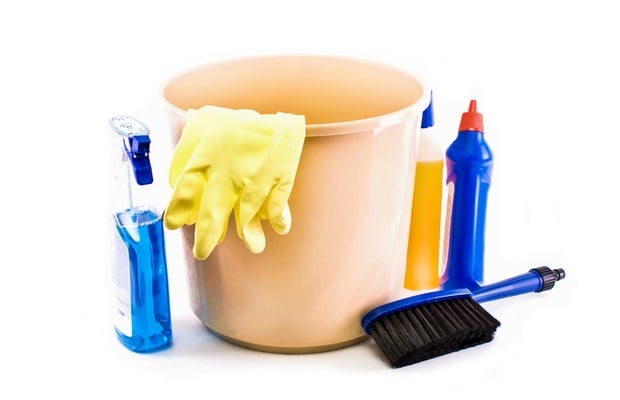
4. Fridges
We don’t give this common household appliance nearly enough credit. Refrigeration helps to preserve food, and our modern fridges are also pretty safe. As the Victorian era ended and the Edwardian era dawned in England, fridges were slowly incorporated into households. Needless to say, they were not nearly as sophisticated as today. These fridges often caused poisoning as they leaked ammonia, methyl chloride and sulphur dioxide.
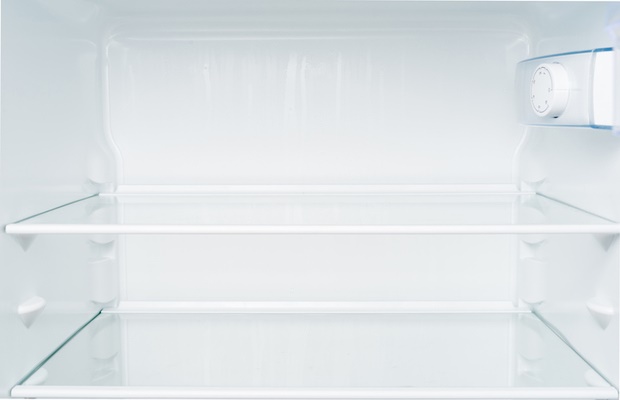
5. Anything made from asbestos
The discovery of asbestos was a big deal – this mineral was non-flammable and affordable. As a result, it was used for just about anything, from flooring to gutters to insulation. Today we know that asbestos fibres damage the respiratory system and are linked to lung cancer.

6. Children’s toys and furniture
Brightly coloured children’s toys and furniture were often painted with lead-based paint. This was poisonous when children put them in their mouths. What makes it even worse is that lead paint has a sweet taste.
7. Babies' milk bottles
Another danger to Victorian children was the design of babies' milk bottles. Unlike the teat bottle we are familiar with today, these curved glass bottles had a rubber tube with a teat attached. The tube was difficult to clean, and attracted bacteria. And mothers were told they only needed to wash these bottles every two to three weeks – gross!
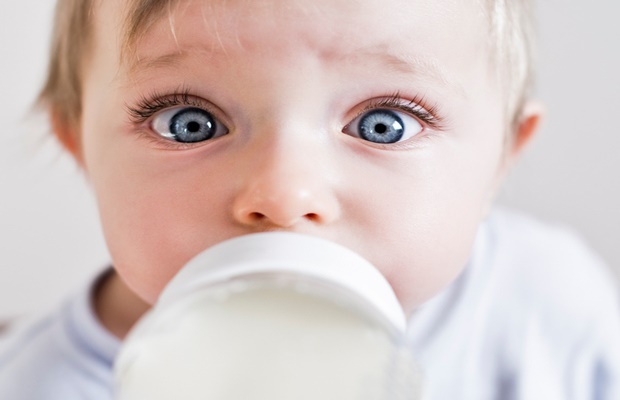
8. Pain killers
Today we think nothing of taking an aspirin today to ward off a cold or headache. But what they used in those days, wasn't nearly as harmless. Laudanum, a powdered opium, was commonly used for minor aches and pains. Living conditions and a lack of basic sanitation like flushing toilets made it very easy for common conditions like diarrhoea to become deadly. And when people couldn’t cure the disease itself, they treated the pain – with laudanum. Unfortunately not much was made of the fact that opium is highly addictive.

9. Glow-in-the-dark wrist watches, cosmetics, chocolate, toothpaste...
What was the problem with things that glow in the dark? The answer is radium. Radiation research was groundbreaking, but unfortunately the risks weren’t understood at the time. This wonder-element glows in the dark, so the dials of wrist watches were painted with radium paint, resulting in the death and illness of a number of factory workers who licked the paint brushes to ensure precise, tiny strokes. It was also believed that radium had energising health benefits, so it was included in chocolate, cosmetics, even toothpaste. Say no more!

10. Even the walls
Victorians were great followers of trends, one of them being wall-paper, made from Scheele's Green. While it might sound pretty innocent, this deep emerald pigment that was used in paint and wallpaper contained arsenic. The symptoms of arsenic poisoning were unfortunately extremely close to other conditions at the time, so no-one realised the danger lurking on their walls.
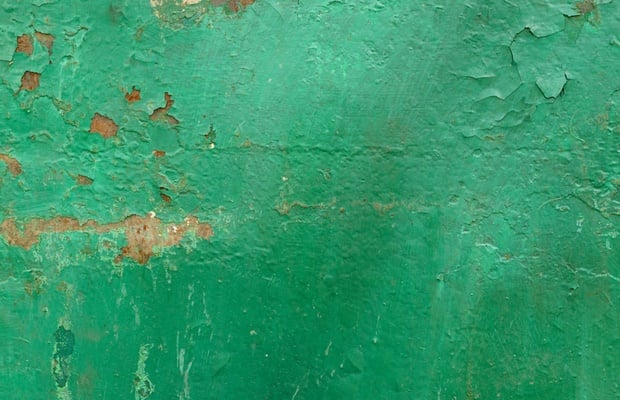
Image credits: iStock




 Publications
Publications
 Partners
Partners














